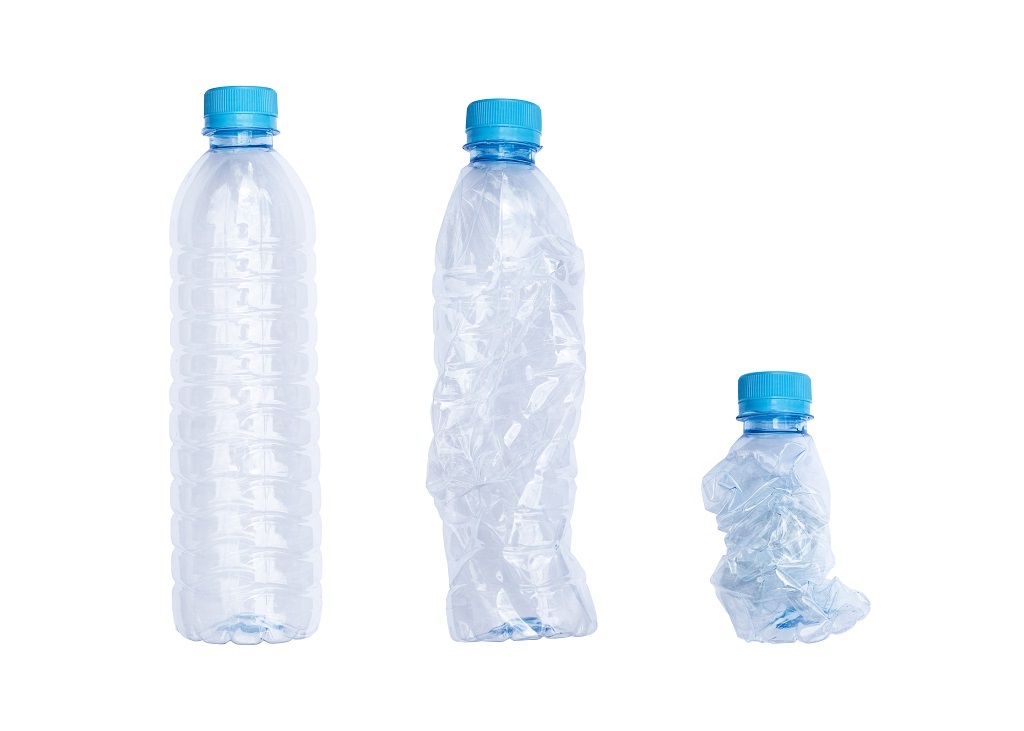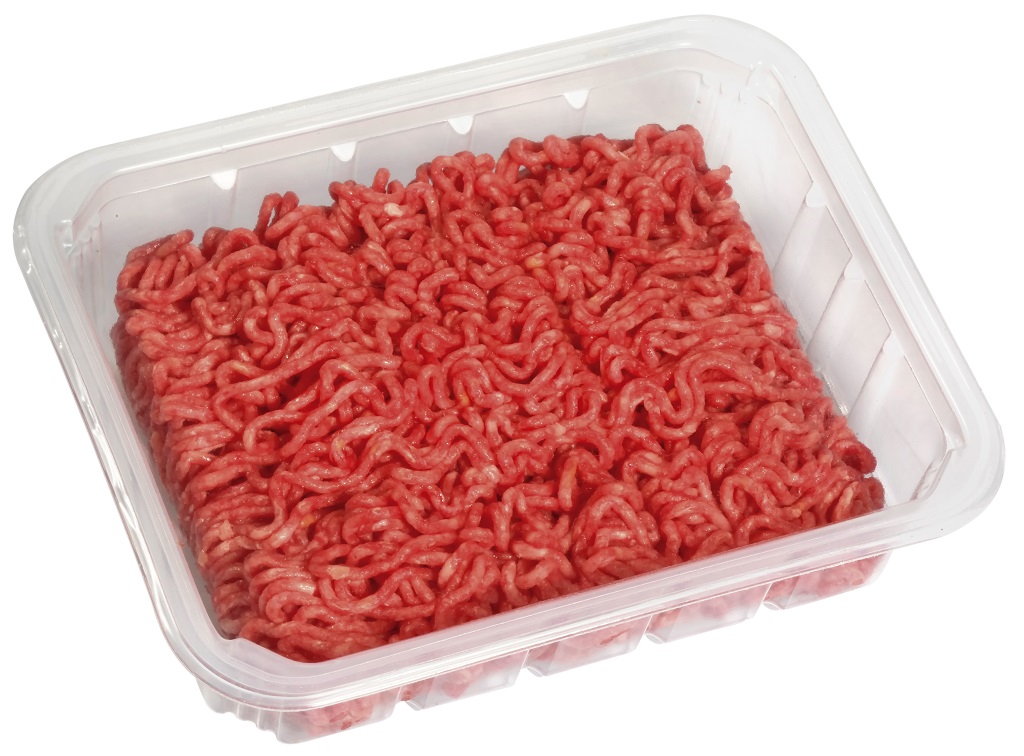The need to compress an used packaging to the maximum, to reduce its volume and avoid its massive or very bulky accumulation at home for recycling, is being key these days. Surely, by trying to make the fewer trips as posible out of our homes, your trips to the different containers, in addition to spacing out in time, will also have been taken advantage of better than ever.
The clear example is in PET bottles. Probably all of you do it already in this way, but it doesn’t hurt to remember it. Here you have a small home video of how a small effort on your own to compress a PET bottle, will help to reduce many people’s work. Think about that compressing the bottles not only reduces the space they occupy in your house, but they also do it inside the container on the streets, increasing the weight of each one that is removed full o plastic. In this way, together we improve the recycling cost.

In the video you can see the role that the caps play in this compression. We do not have to worry about the fact that the cap is made of a material other than PET. For three reasons:
1. Firstly, because by closing the compressed bottle, we guarantee a kind of “vacuum” that allows the space it occupies in our plastic waste bag to be much less than if we did not close it.
2. At the same time, we make sure that plastic doesn’t end up in nature, either. In fact, the EU has arranged that very soon the caps won’t can be separated from the bottle when recycling them.
3. Third, because in the recycling plants it is easy to separate the caps completely from the bottles, because once everything is cut into small flakes, during the washing process, by density, the PET goes to the bottom while the caps pieces float. The separation of plastic materials in the recycling process is simple.
Another very daily example that we have also been using with some frequency in recent weeks, are meat products packed in PET trays, which offer the advantage of providing a longer shelf life in our fridges, also provide an optimal stackable, and allow total protection when the final destination of the product is the freezer itself.

Both with PET bottles and trays, we must take special care in the way we have stored them in our homes, since many of these packaging can contain various liquids that stain a lot, also, they can produce odors, or attract insects, such as milk or cream bottles.
In the particular case of meat trays, for example, the correct way to proceed in our homes is, once the lid and the soaking paper that goes inside have been removed, they must be rinsed with water before putting them in the domestic recycling container, so that, even if it takes a few days before taking them to the yellow container on the street, we do not have unpleasant odors in our homes.
Small gestures that add up and that collaborate to facilitate the work of people who do not rest offering basic services, like all those who work in the collection of waste.
Responsible consumption also implies proper management of our domestic waste.
